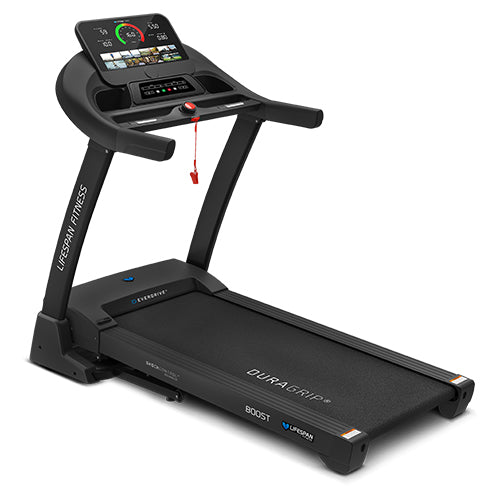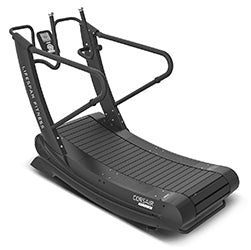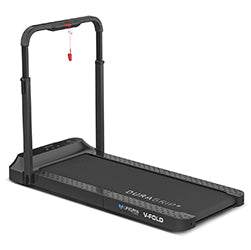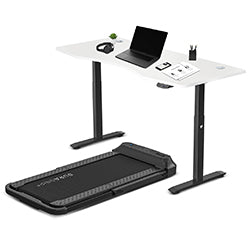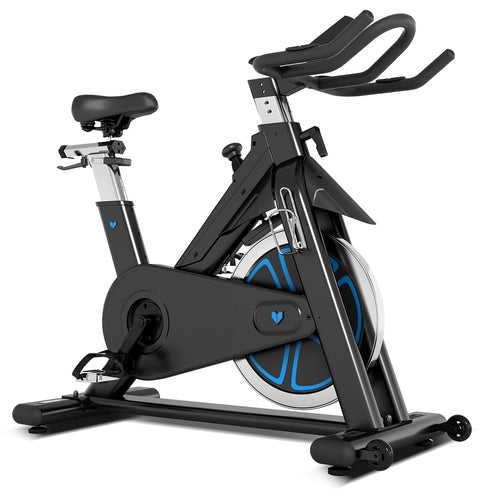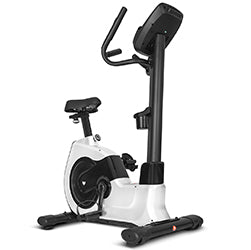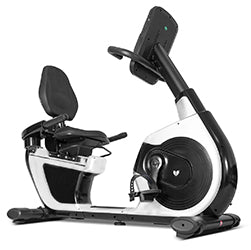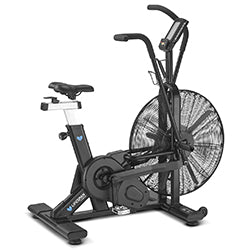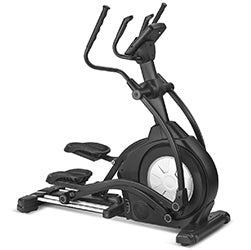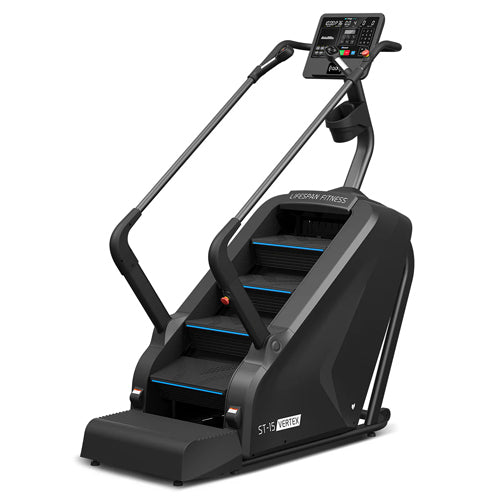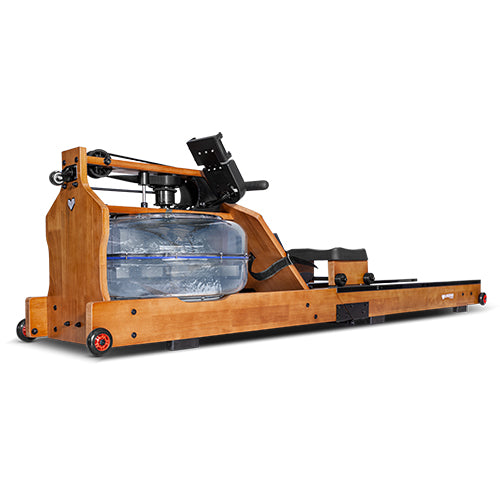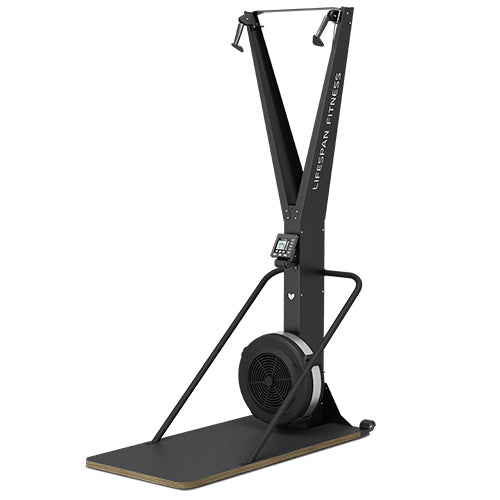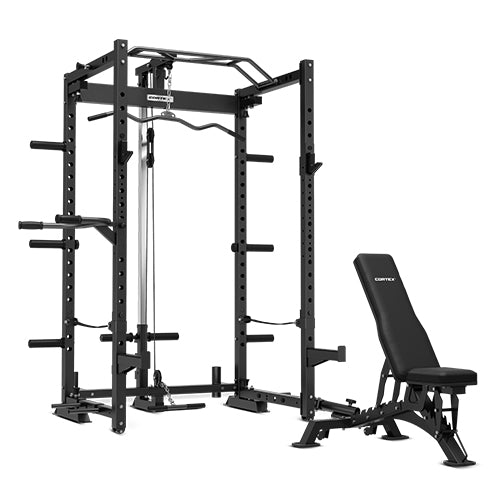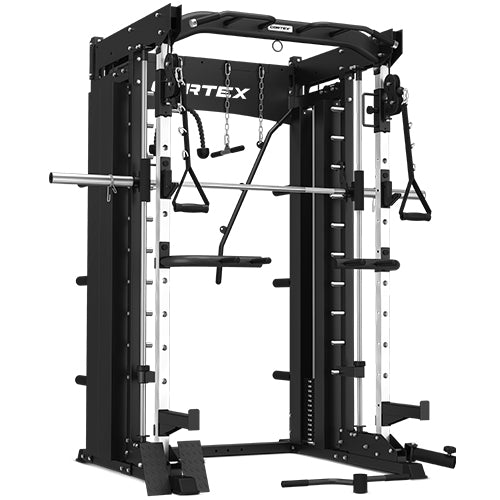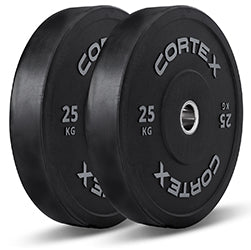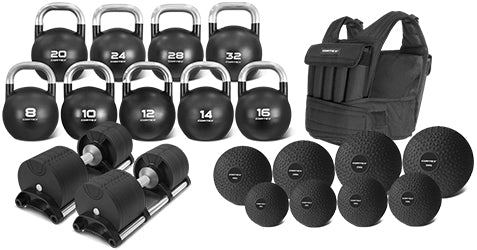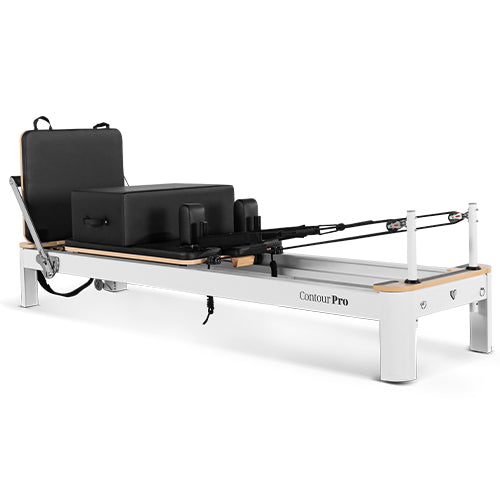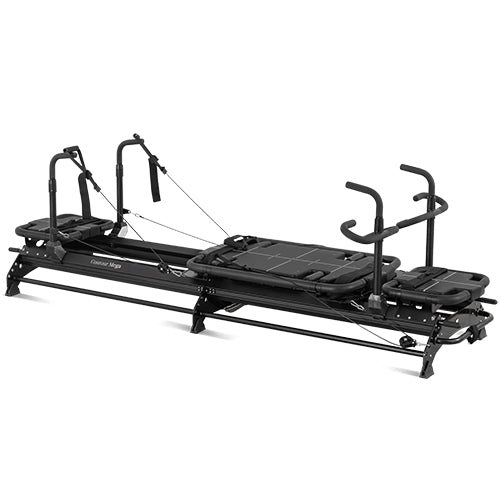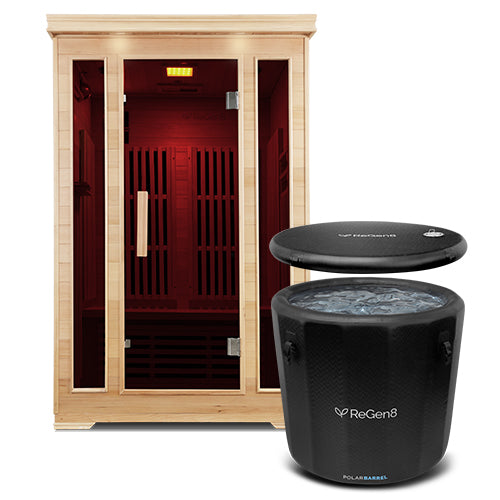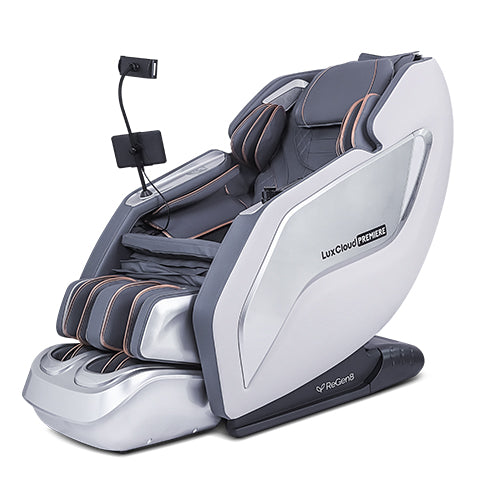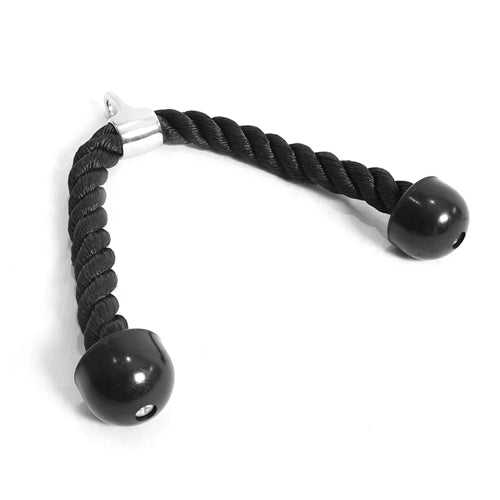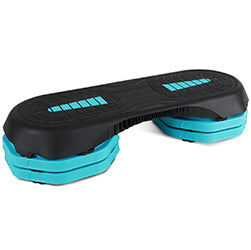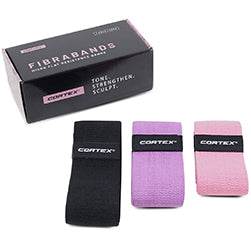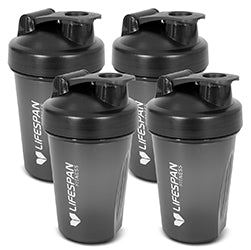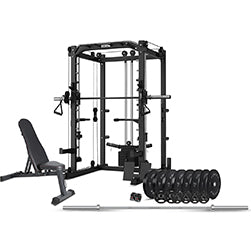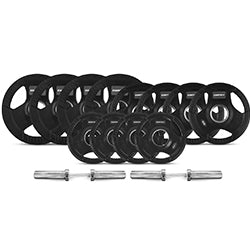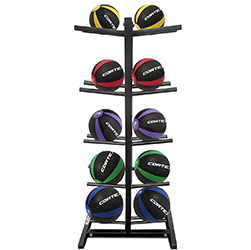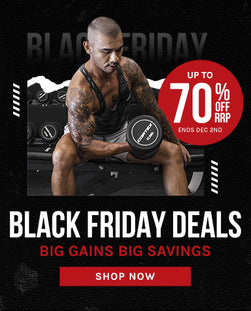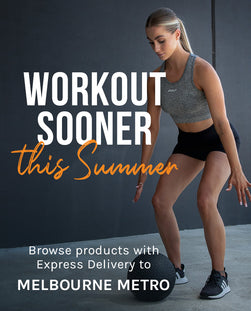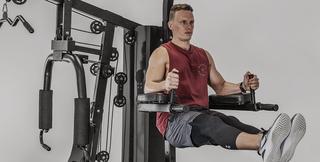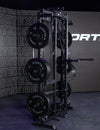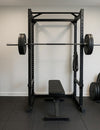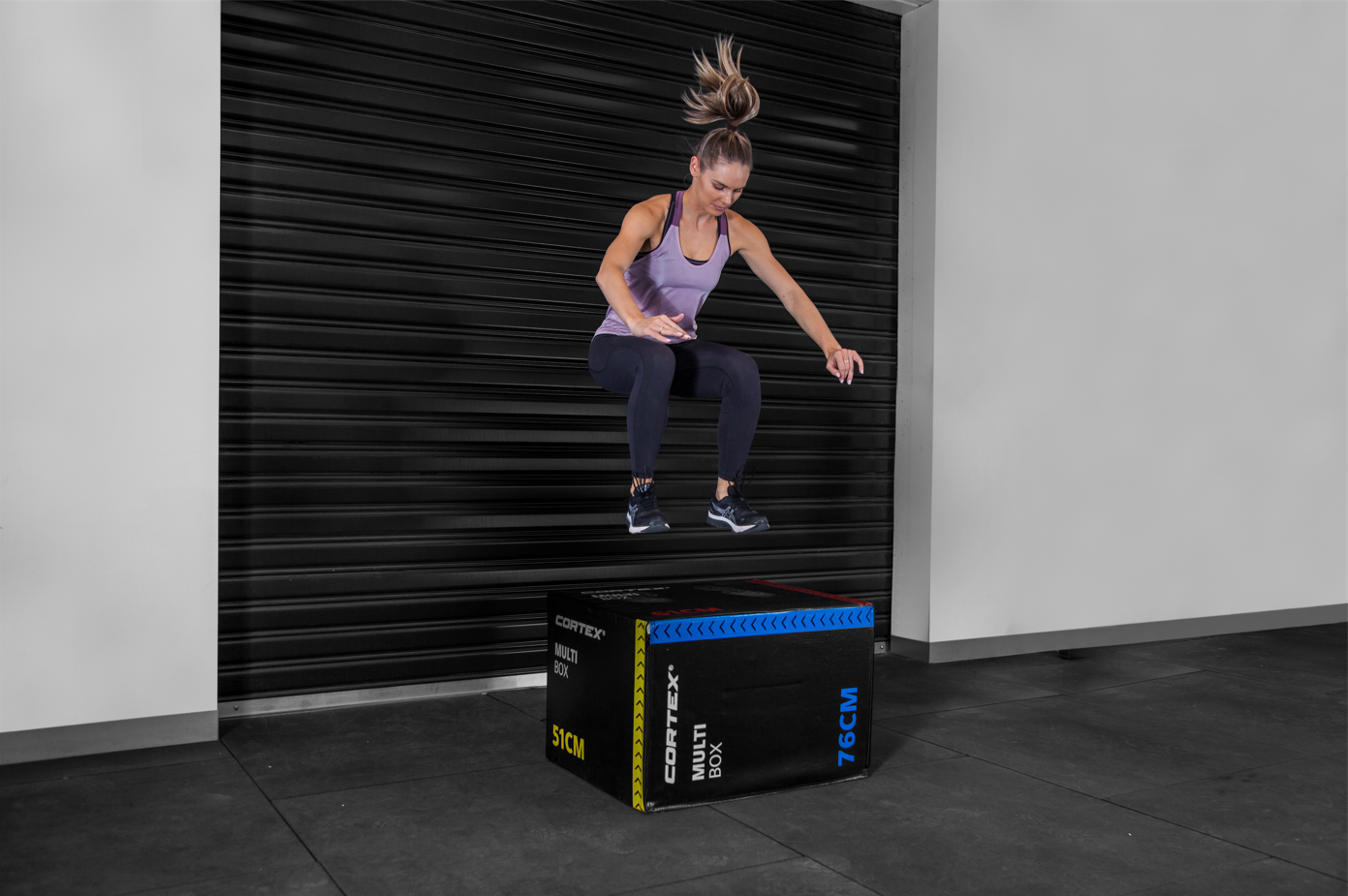

You may have heard the buzzword ‘functional training’ floating around the gym or on social media. Functional exercises are largely incorporated into workout classes, most commonly in HIIT and pump sessions. Some of your favourite exercises may be considered functional. When it comes to practical training, functional exercises are at the forefront as these movements work to improve your general fitness levels, body composition and ability to perform day-to-day activities. Best of all functional training includes a range of exercises that vary in intensity. Beginners can go the low impact route, whereas fitness fanatics can challenge themselves with fast paced, high impact workouts.
What is Functional Training?
Functional training refers to movements that mimic real life activities such as bending, twisting, lifting, loading, pushing, pulling and squatting. A functional workout typically uses multi joint movement to complete squats, lunges and other compound exercises. A functional workout offers many physical benefits that will prove to make regular activities outside the gym easier and more comfortable to perform. That activity may be something as simple as carrying the groceries, bending to pick something off the floor or even getting out of your seat. Otherwise, the benefits of functional fitness can be evident within activities you more consciously participate in such as playing sport or nailing that tricky pose in your yoga class. Functional workouts may be the most important and useful type of training out there as it has a direct impact on your ability to complete regular motions.
Functional training doesn’t use machines, instead using free weights or no weights to complete compound exercises. Machines require you to move in a specific way that doesn’t reflect the body's natural movements. Whereas, functional exercises use your whole body to move forwards and backwards, side to side and rotational.
Benefits

Utilising multiple muscle groups to move your body requires a certain amount of coordination, focus and core strength. Zeroing in on multi joint movements will provide many benefits that reflects on your everyday life.
Increased Balance and Stability
Since functional fitness requires the muscles to work collectively to move the body, your overall balance and stability will show improvements. As the range of motion of functional exercises are larger you will frequently start and finish in a stretched-out position that will test your balance. These movements use resistance to boost your body's functional strength by increasing your overall mobility and coordination. As your range of motion improves, day-to-day activities will become easier and you will feel less strain on your body.
Low Impact
Functional exercises are a great starting point for any fitness level, including individuals with limited fitness capabilities or those going through rehabilitation. As we get older it is important to incorporate movement and stretching into our daily routine, 10 minutes of functional exercises daily will do wonders in keeping our bodies feeling limber as we age.
Increased Strength
Functional training doesn’t just target one muscle group but instead a large range of smaller muscle groups called stabilisers that work to strengthen the entire body. In targeting multiple muscle groups simultaneously, you will also see improvements in your posture.
Reduces Your Risk of Injury
Since functional training mimics frequent and natural movement patterns, your body will become better equipped to handle daily exertion and physical stress. Completing these exercises will help improve the function of your soft tissue ligaments surrounding the muscles which are most susceptible to injury. By practising good technique and using your own body as stabilisation your injury prone areas can deal with high impact movements.
Exercise Examples

Squats, lunges and push ups are some easy, well-known movements that most people may already recognise as functional exercises. However, if you are looking for alternative workouts that you may not have completed before then check out our fun and effective functional exercise suggestions.
Step Up to Shoulder Press
For this exercise you will need a bench or elevated surface as well as a set of dumbbells
- Stand behind your bench or elevated surface with a dumbbell in each hand resting just above your shoulders.
- Step up with one foot, pushing through your heel while lifting the dumbbells above your head.
- Bring the dumbbells back to shoulder level and step back down one foot at a time.
- Repeat, leading with the opposite foot.
We Recommend: CORTEX Multi Level Aerobic Step
Woodchop
For this exercise you will need a set of dumbbells
- Hold a dumbbell by each end to the right side of your body above your head with your arms extended.
- Squat down slightly, twisting your core to the side and bringing the dumbbell down in a diagonal direction while keeping your arms straight. The dumbbell should end up beside your knee.
- Begin to stand back up, keeping your arms extended, bringing the dumbbell up and back across your body by again twisting your torso.
- Allow your foot to pivot as you stand back up. The dumbbell should end up over your shoulder.
- After a couple of reps, complete the exercise twisting in the opposite direction.
We Recommend: CORTEX Pro-Fixed Dumbbell 10kg (Pair)
Dynamic Prone Press
- Start at a plank position keeping your head, back and legs in a straight line.
- Lift your rear towards the ceiling while pulling your belly into your spine forming a downwards dog position lengthening your arms and legs.
- Return to plank position
- Now preform the opposite movement by bending your elbows and lowering your torso and legs towards the floor.
- Keeping your lower body flat on the floor, use your arms to push your chest and head up towards the ceiling, stretching out the upper half of your body.
- Return to plank position and repeat.
We Recommend: Lifespan Fitness Exercise Mat Black 15mm
Burpee to Broad Jump
- Start with a regular burpee by dropping down to your stomach and chest, then jumping back up to your feet.
- Immediately after you land back onto your feet complete a wide jump, propelling yourself forward as far as you can landing on two feet.
- Drop back down into a burpee and repeat.
We Recommend: CORTEX Weight Vest 10kg
Supine Bridge with Arm Extension
- Start in a seated position on the floor with the palms of your hands of the floor beside you and knees bent with feet flat on the floor.
- Use your arms and legs to lift yourself off the ground and into a tabletop position.
- Lift one arm straight up while twisting your torso so your raised arm stretches out behind you.
- Lower your right arm back to the floor and slightly lower your hips, but don’t return them to the floor.
- Repeat with the opposite arm.
We Recommend: Folding Exercise Mat 1.8m
Conclusion
Functional exercises are simple enough for anyone to complete and directly results in making everyday activities easier to complete so why wouldn’t you make functional training a regular part of your routine. Functional training works to keep your body working efficiently and to its maximum potential which leads to improved body composition, flexibility and increased strength. No matter your age or fitness level, functional exercises are low impact and reduces your risk of injury keeping you in better shape later in life.




